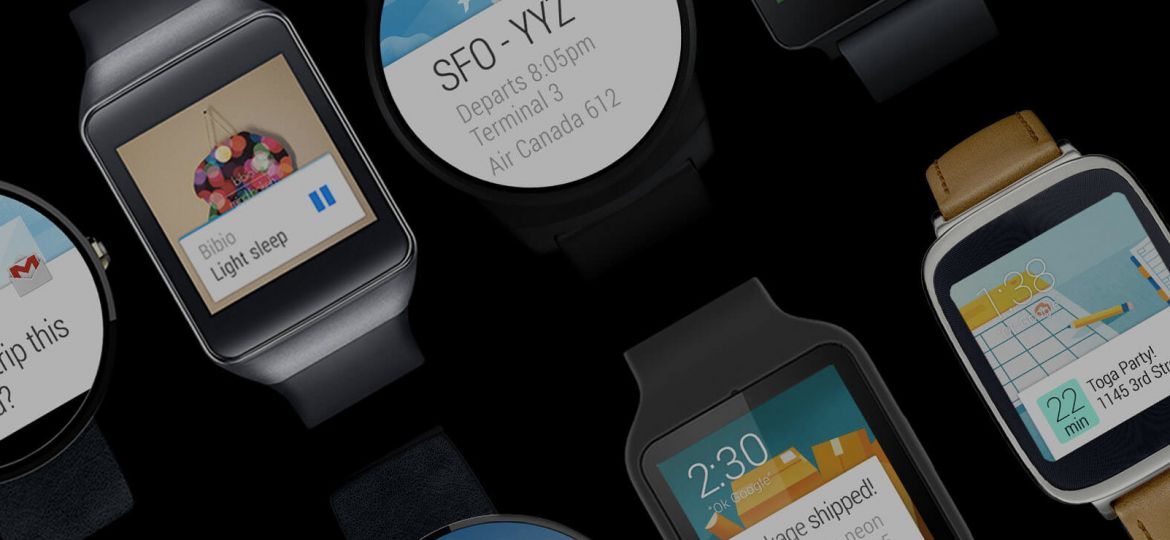
WHY THIS MATTERS IN BRIEF
Every doctor will tell you that the earlier you can detect and diagnose disease the better your chances of recovery, and the swifter it will be, now smart devices might know you’re ill before you do.
Wearables have been struggling to find a “killer app” ever since they first launched and while fitness tracking, which is very different to “health” and “wellness” tracking, is one thing it’s fair to say that most consumers don’t see it as the killer app that will shoot wearables to stardom.
After all, we’ve had third party step counters and calorie counters, in various forms, for decades and while they’re popular they only appeal to specific demographics of the market. But now the ability to spot the onset of disease, and even identify it before it manifests itself – letting people take preventative action before they get Laid low by it – could finally be the perk that encourages more people to buy into the technology.
So, can your smart watch really tell when you are becoming ill? A new study from Stanford University says not only is it possible but they’ve managed to create a piece of software that flags it up on your watch.
By following 60 people through their everyday lives, Stanford’s team of researchers found that smart watches and other personal biosensor devices can help flag when people have colds and even signal the onset of complex conditions like Lyme disease and diabetes.
“We want to tell when people are healthy and also catch illnesses at their earliest stages,” said Michael Snyder, PhD, Professor and Chair of Genetics at Stanford who authored the study.
Smart watches and similar portable devices, like Fitbits, are commonly used for measuring steps and physiological parameters, but have not generally been used to detect illness before and Snyder’s team took advantage of the portability and ease of using wearable devices to collect a myriad of measurements from participants over a two year period to detect deviations from their normal baseline for measurements such as heart rate and skin temperature.
Because the devices continuously monitor these measures, they can detect the onset of diseases that are responsible for changes in your physiology almost instantly. After all, in many cases, for example, you don’t just “suddenly” get ill – your core body temperature changes, albeit marginally, you might perspire more, and so on and many of the deviations the watches observed coincided with times when people became ill.
The team wrote a software program to collect and sense the deviations in the data coming from the smart watches called “Change of Heart.” The devices were also able to detect common colds, and astonishingly, in one case helped detect Lyme disease in one individual, Snyder.
“I had elevated heart rate and decreased oxygen at the start of my vacation and knew something was not quite right,” said Snyder. After running a low grade fever for several days he visited a physician who confirmed the illness. Snyder took the antibiotic doxycycline and the symptoms disappeared, and subsequent tests confirmed the presence of Lyme disease. It was the first time that a device had detected the earliest signs of the disease.
The research paves the way for wearables and other smart devices to serve as a personal health dashboard – monitoring health and sensing the early signs of illness, likely even before the person wearing it does. And if they can do that, and the early research looks very promising, then there’s also no reason why when they detect the first symptoms they could prompt the doctor to call you – rather than the other way round as it is today. That gives new meaning to doctor on call, and imagine the benefits of that.
In addition to detecting illness, the study had several other interesting findings. Individuals with indications of insulin resistance and who are therefore are at high risk of getting Type 2 diabetes are often unaware that they have this risk factor. Personal biosensors and wearables could potentially be used to detect variations in an individual’s heart rate, which tend to differ from those not at risk.
Another interesting finding of the study is an effect that impacts many of us. The authors found that blood oxygenation decreases during airplane flights, and although this is a known effect, the team were able to describe its effects in greater detail than previous studies. Snyder’s team found that reduced blood oxygenation typically occurs for a large fraction of a flight and further demonstrated its association with fatigue.
“Many of us have had the experience of feeling tired on flights,” Snyder said, “sometimes people may attribute this to staying up late, a hectic work schedule, or the stress of travel. However, it is likely that cabin pressure and reduced oxygen also are contributors.”
“The information we were able to collect could one day be used to help your physician – although we can expect some initial challenges in how to integrate the data into clinical practice,” said Snyder, “for example, patients may want to protect the privacy of their physiologic data or may want to share only some of it. However, in the long term I’m very optimistic that personal biosensors, devices and wearables will help us maintain healthier lives.”
















